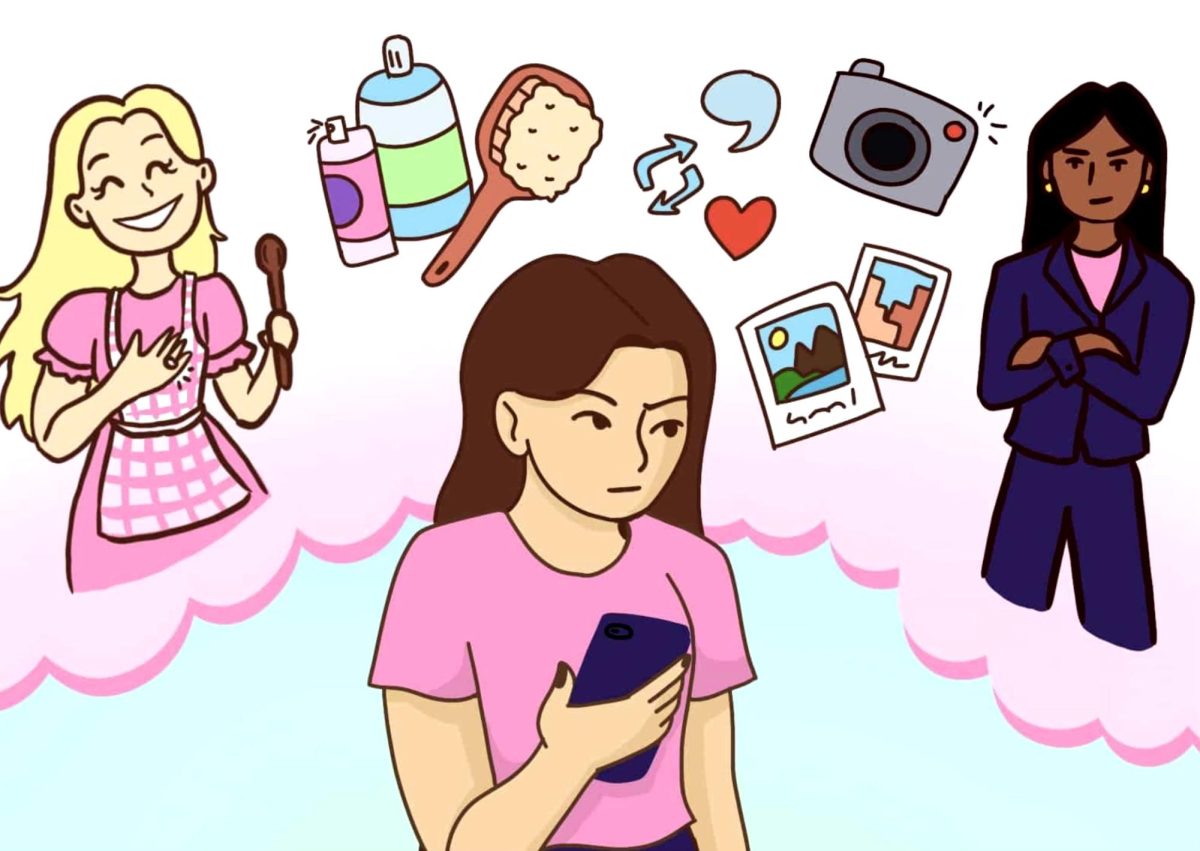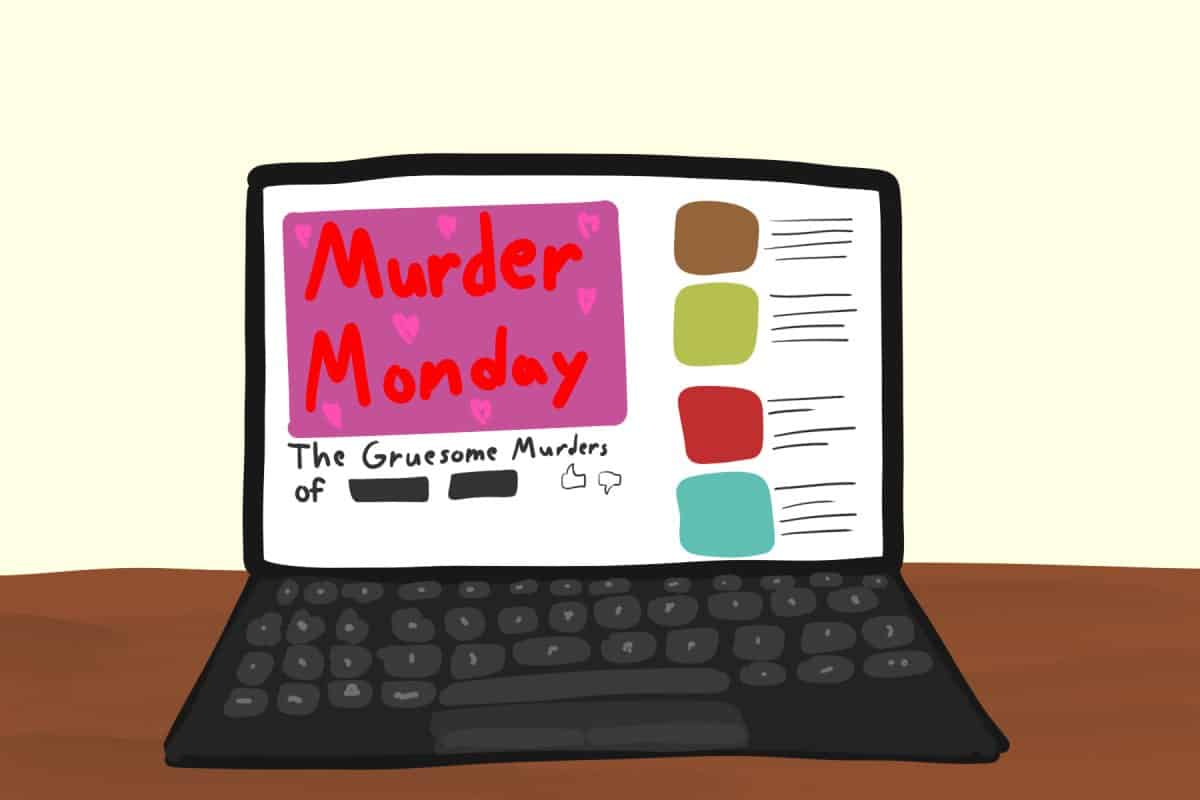Last week, The Crimson White ran an editorial piece that caught my eye. Titled “’Friends with benefits’ relationship possible,” it addressed the possibility – and benefits – of a platonic, physical relationship (I think).
Though it initially raised an eyebrow simply because it was a topic I wasn’t used to seeing on page four, after reading it, it took me back to a November 2011 piece in The Atlantic titled “All the Single Ladies.”
That piece, written by Kate Bolick, posited that because the college-educated workforce was becoming more female-dominated, traditional ideas of romance, relationships and marriage were also beginning to change (I think).
Bolick suggested that women may begin practicing the concept of “marrying down” – that is, marrying a man who does not earn the same income. We may also begin to see more women staying single throughout their adult lives, as Bolick has done.
To tie all this together neatly, I must pull from that bastion of intellectual firepower, the online CW comment section. A young woman – who incidentally happens to be a friend of mine – took offense to the author’s assertion that “the majority of girls at this University have getting the ‘ring by spring’ engrained in their brains from the minute they step foot on this campus.” She went on to say that, when most girls propose a “friends with benefits”-style relationship, they’re really trying to use that as a means to hook the man into an official boyfriend/girlfriend situation.
Where I draw the parallel in all this is that, in the past, when men outnumbered women in the workforce, the average age of marriage was lower than it is now. Whereas only men fresh out of college had 10-year career plans then, now that women outnumber men in college (including here at UA, where 54 percent of the student body is female) one finds that they, too, have 10-year career plans that put off marriage.
And, as a friend helpfully pointed out last week during a discussion of all this, if your 10-year plan doesn’t involve marriage, what’s the point in being strapped down to one person when you’re 22?
What I could perceive happening, and what I think Ms. Bolick was potentially alluding to, is that the future of relationships as we know them is shifting. The “ring by spring” mentality may always be prominent in the South, where conservatism still reigns, but it seems to me that when you have a population of men and women who don’t have marriage in their plans for at least 10 years, the entire concept of a monogamous relationship seems outdated.
Which isn’t to say it’s wrong or obsolete – personally, I don’t have a 10-year plan, and thus no particular age stands out as the marriage years – but when the endgame of a long-term relationship is marriage, and marriage is being put off until one’s 30s, people tend to ask, “What’s the point?”
This is why I found the column and its comment last week so fascinating. I was, essentially, witnessing before my eyes the declaration, consciously or subconsciously, of one’s belief that a friends with benefits relationship is not only possible, but that it’s preferable to a traditional relationship.
John Davis is the chief copy editor of The Crimson White. His column runs on Mondays.








